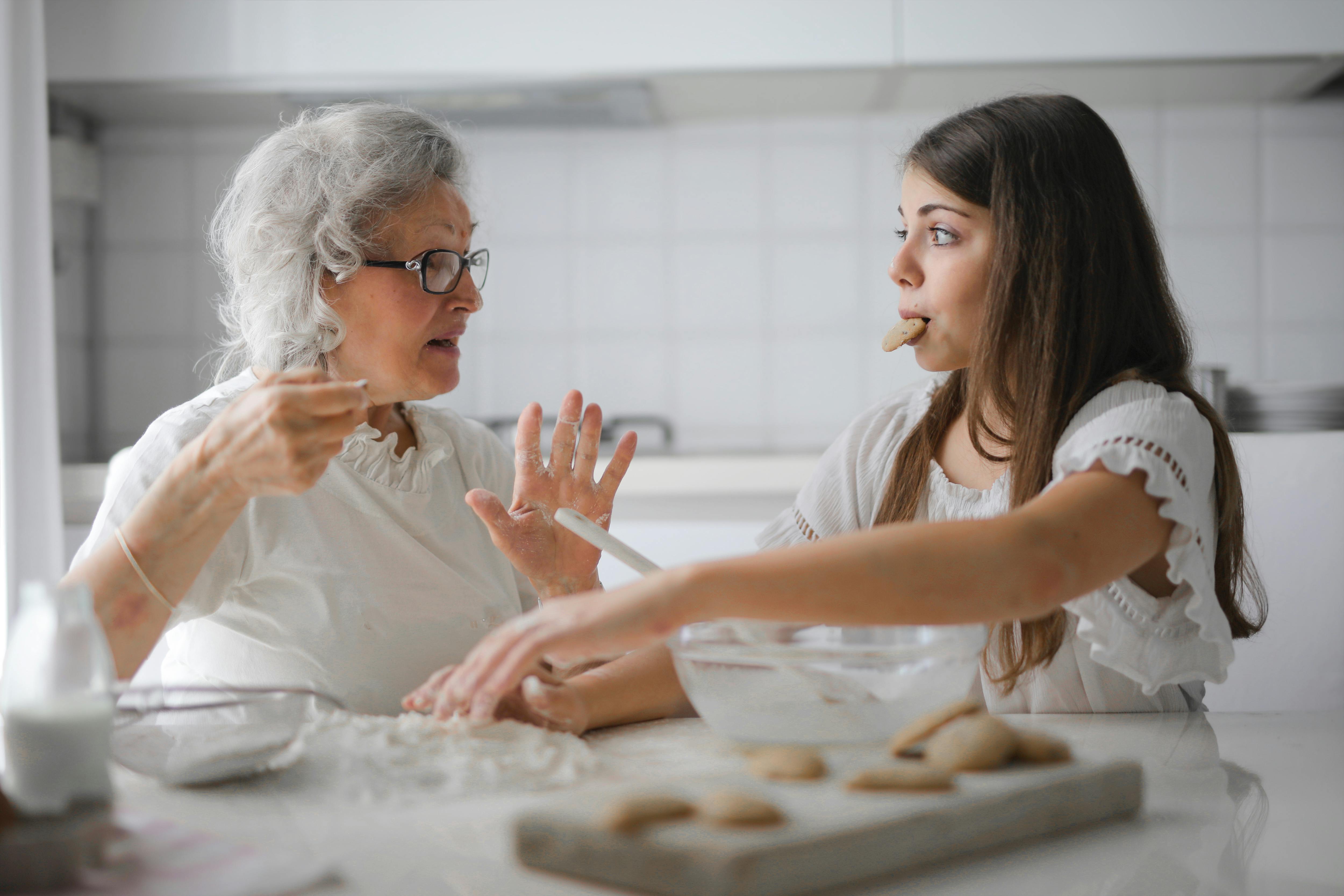Seven Tips to Help Relieve Dog Joint Pain
Just as the name implies, dog joint pain means pain that radiates into your dog from his joints. As your dog ages, he will start to feel pain in his joints. This ailment is widespread among most breeds of dogs. Aging dogs also experience canine arthritis that begins in dogs as they age and causes joint pain. Here are some signs to watch out for if you think your aging dog is suffering from joint pain.
Since most causes and effects of dog joint pain are internal, it can be difficult to see just by looking at your dog. Careful observation is the only way you will be able to see the effects on your dog. If you start walking in a peculiar way, you may have joint pain.
If you notice that your dog’s appendages are swollen, he is most likely in pain. If you or your vet have diagnosed that your pet has joint pain or arthritis, here are seven tips that can help alleviate some of the pain:
1. Make sure you eat nutrient-dense foods. Vitamin and mineral supplements are available for dogs as well as humans. They play an important role in the physical health of a dog. This is often the first place to look if your dog is in pain. Adjust your diet and try to limit your intake of unhealthy foods. Overweight dogs have a harder time dealing with joint pain, and by losing just a few pounds some of the pain may subside.
2. Outside Stairs / Steps: If you have steps or stairs around your home, try installing a ramp for your dog to walk on. It is difficult for a dog with joint pain to climb stairs, so a ramp can drastically reduce the amount of pain it feels when climbing onto the porch.
3. Exercise, exercise, exercise: a body in motion tends to stay in motion, and an arthritic body is no different. Pain should never become an excuse for your dog to stop exercising. It is up to you to make sure your dog gets the exercise he needs. However, don’t overdo it. If he starts to tire, don’t push him to exhaustion. Just because he can’t run or chase balls like he used to doesn’t mean he can’t take a walk around the block with you.
4. Make sure you make nutrition fun for your dog. If he is doing well in his exercise, give him a vitamin-enriched treatment. These help with joint and hip development.
5. Make sure your dog has a comfortable bed to sleep on. They even make special beds for dogs that have arthritis. If you don’t have a comfortable bed for your pet, you can look for one.
6. Massage: Just as massage relieves stress and tension in us, it is also beneficial for dogs. If your joints hurt, massage as you would with someone’s hand. The more you rub, the more relief your pet will feel. Be gentle when you give your dog a massage. They may try to bite you or move away from you if you push too hard and hurt them even more. If they seem to relax, you are helping them. Results may not be immediate, but you should see an improvement in your pet’s gait and range of motion within a few weeks or months.
7. Do you have wooden or tile floors? Cover them! Tile, wood or vinyl floors are usually smooth and often very slippery on the surface. Because of this, your dog may have a hard time getting traction and may slip and slide on him. When a dog has a problem like this, he usually tries to compensate for it by “running.” All it usually does is make the dog fall on the ground. If you can’t cover the floors with rugs or carpets, get a pet door to keep Fido out of these areas if possible.
Like dealing with a child, your dog will require patience when dealing with him. Dog joint pain can make your dog so sluggish or sluggish that you become impatient with him. Just remember, feel pain, and try to be understanding. Note that you will not be able to run and play like you used to.
By following the simple tips listed above, you can be a hero to your pet when it comes to alleviating some of his pain. Try to avoid using over-the-counter “human” pain relievers, as they can cause unwanted side effects, some of which can be serious.
